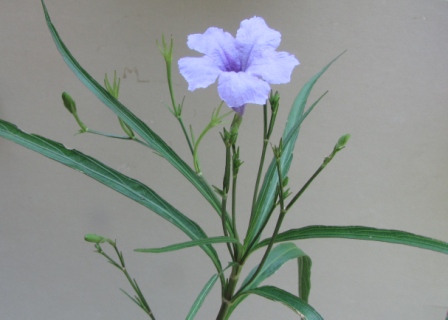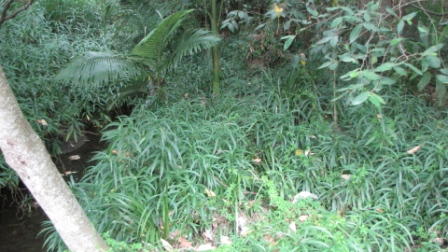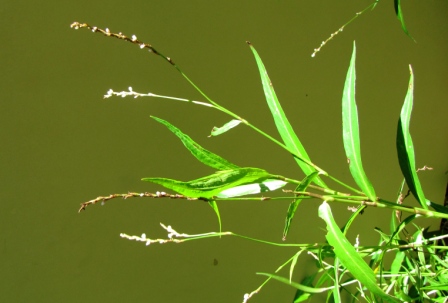Have you ever over summer seen pretty purple flowers growing on 1m tall plants along our creeks? Ruellia tweediana (Mexican Petunia), a very serious riparian weed indeed!
This plant is particularly common along lower Moggill Creek and McKay Brook. The species must surely have been introduced as an ornamental and has spread rapidly along the riparian zone, out-competing most native herbaceous species.

As with other invasive plants, it’s best to catch this plant when it is first spotted. Young plants can be pulled by hand, depending on the nature of the substrate they are growing in. However, Mexican Petunia soon develops rhizomes (underground stems) which make it very difficult to hand-pull. That leaves us with herbicides.
Cody Hochen, Land for Wildlife officer, advises that Amicide 625 (2,4-D 625) at 30ml/10L of water is effective and is registered under PER11463, also being registered for using along waterways. If there are Persicaria (see below) and various other native species present, these are also likely to be killed by this herbicide. Note that the use of glyphosate (Roundup) is discouraged, especially in proximity of lomandras, which are very sensitive to glyphosate.
As seen in the photo below, Mexican Petunia is tolerant of high levels of shade, spreading under existing trees.


If you need additional advice, please give Bryan Hacker a call on 3374 1468.

